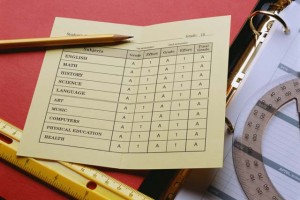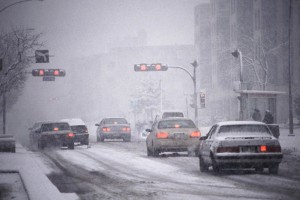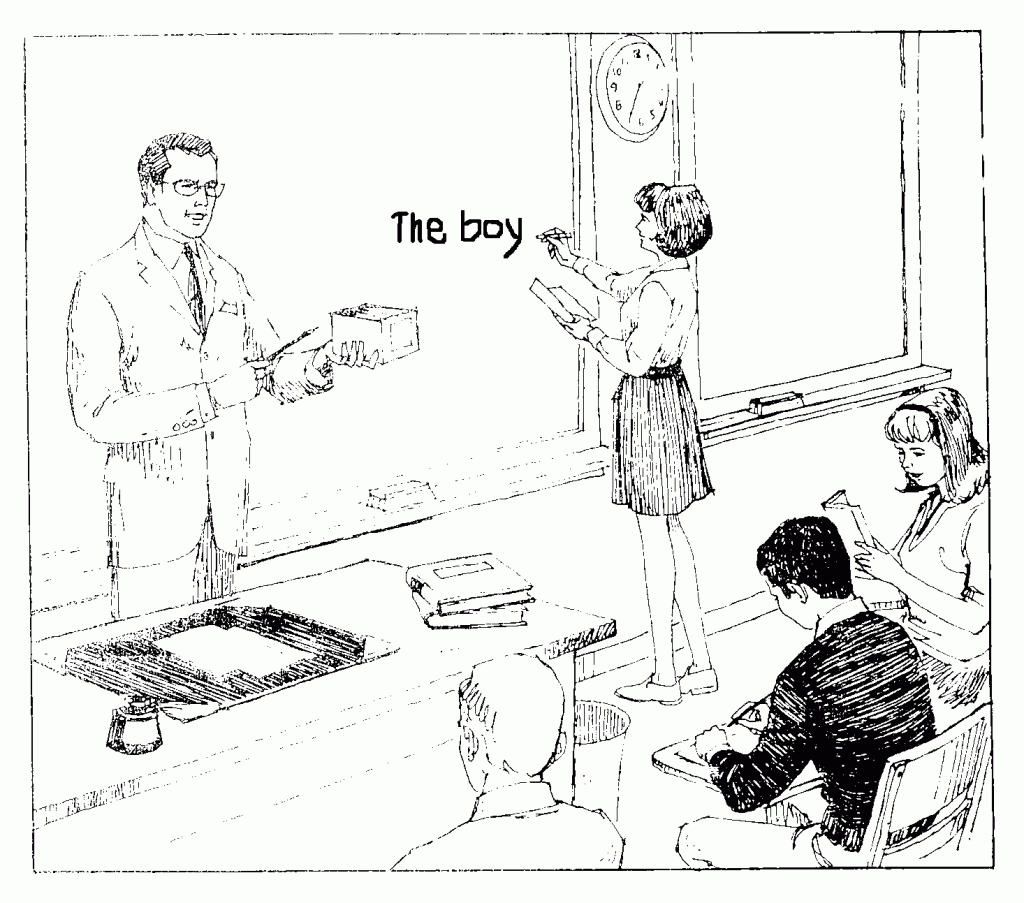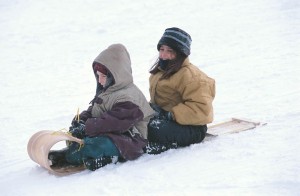Today for our Education Focus, I want to take a quick look at a popular alternative to a four-year college or university: the community college, also known as a junior college.
A community college, or junior college, is a two-year institution that grants a two-year degree, also known as an associate’s degree. Like the bachelor’s and master’s degrees, one can earn an associate’s degree in arts (A.A.) or an associate’s degree in science (A.S.). Community colleges are typically local schools that are supported by the county or community, and as such do not have boarding students. With few exceptions, all the students are commuter students (students who live off campus – usually with parents, or spouses – and drive (commute) to school each day). A community college does not offer advanced degrees, but instead focuses on general education requirements that all students need to take as part of a well-rounded curriculum.
Community colleges are popular because they offer a less-expensive alternative to attending a college or university for a full four years. To save money, students will take lower-level classes at their community college, then transfer the credits to a four-year college or university. If a student is planning to transfer, he must consult with an academic advisor to make sure that all his credits will transfer to the school of his choice. Alternatively, the student can complete the community college’s degree requirements for the associate’s degree, and then he won’t have to worry about whether or not the credits will transfer – his associate’s degree will be accepted at most four-year colleges and universities.
Another reason why students might choose to attend a community college first before going on to a four-year college or university is that it can give him a chance to improve his transcript. Sometimes a student doesn’t do as well as he could have done in high school, which might hurt his chances in being accepted at the school of his choice. If he attends a community college and improves his academic record there, an admissions officer at a four-year college or university would be more likely to place greater emphasis on the community college academic record than the high school academic record.
A final reason why some students attend a community college rather than a four-year institution is simply because he is interested in a vocation that needs some additional training, but doesn’t need the rigorous academic training that a four-year college or university provides. Vocations like auto mechanic, cook/chef, and nursing or dental assistants would be in this category. These types of vocations are especially popular with what are called “non-traditional” students – students who are returning to school after having spent time in the workforce or raising a family. These students tend to have jobs already, and are looking for the extra classes to obtain certification or get a raise in salary.




